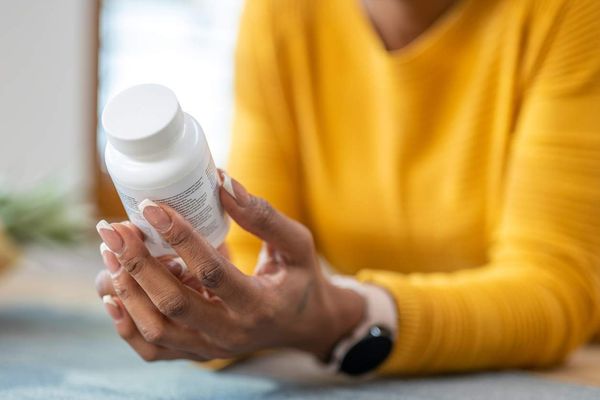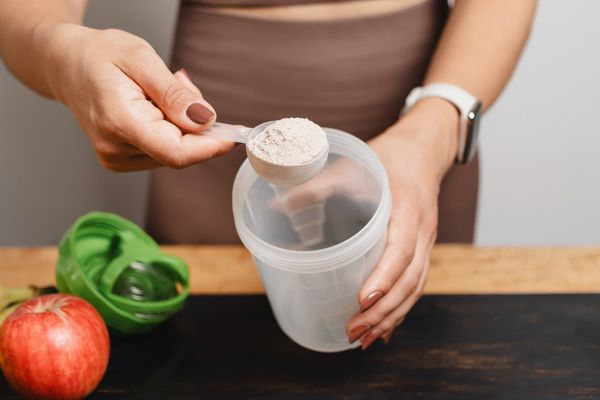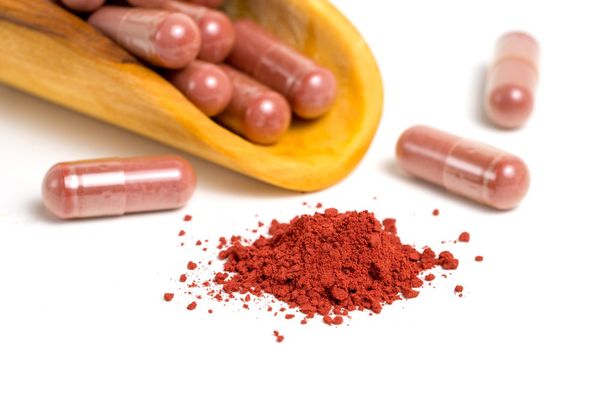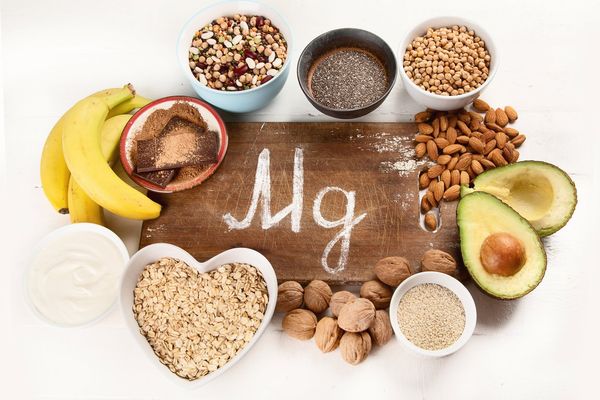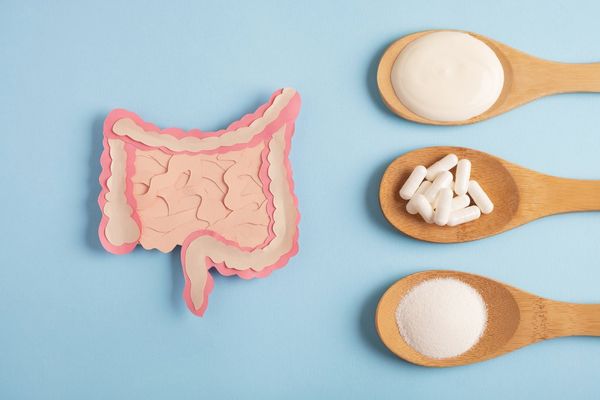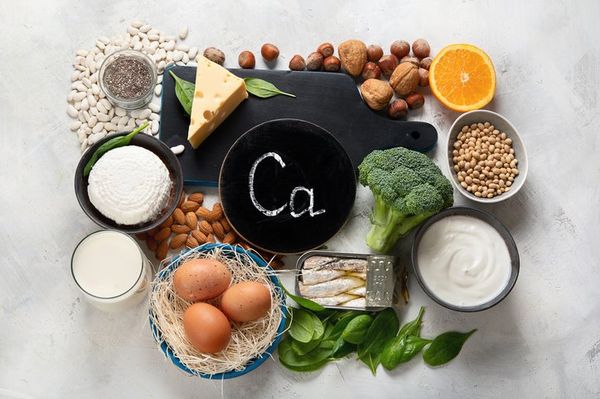Vitamin D is one of the crucial nutrients your body needs to keep running smoothly. Sufficient levels can reduce your risk of depression, high blood pressure, cancer and possibly diabetes. Having enough vitamin D also ensures the health of your bones and immune system.
Children age one and older and adults between the ages of 19 and 70 should get an average of 600 international units of vitamin D a day. The same amount is recommended for women who are pregnant or breastfeeding. Once you turn 71, your vitamin D intake should increase to about 800 IUs each day.
Even if you're eating right and basking in natural vitamin D—aka sunlight—you still may not be getting enough vitamin D.
It's rare, but severely low levels of vitamin D can cause rickets in children and osteomalacia (softening of the bones) in adults. Left untreated, these conditions can lead to bone pain, soft and brittle bones, muscle pain and weakness, according to the Cleveland Clinic. Research has suggested a connection between even moderately low levels of vitamin D and health conditions, including diabetes, osteoarthritis and cancer.
A blood test is the best way to accurately determine your vitamin D level. Here are some tips for getting enough vitamin D.
Vitamin D sources
Some of the best natural sources of vitamin D include fatty fish like salmon, tuna and mackerel, which are also rich in heart-healthy omega-3 fatty acids. Beef liver, cheese, egg yolks and mushrooms also have some vitamin D, but not as much. Your best bet is to eat foods that have been fortified with vitamin D, like milk, cereal, orange juice, yogurt and soy milk.
Your body can make its own vitamin D when you're exposed to sunlight without sunscreen. But it's tough to get enough D from sun exposure between October and April in most parts of this country. Shade, clouds and dark-colored skin also reduce the amount of vitamin D your body makes in the sun.
You can also take vitamin D supplements. The safe upper limit for children 1 to 8 years is 2,500 to 3,000 IUs per day; for older children and adults (including women who are pregnant or breastfeeding), it's 4,000 IUs per day. More than that can damage your kidneys or cause toxicity, with symptoms of nausea, vomiting, appetite loss, constipation, weakness, weight loss, confusion or problems with heart rhythm.
Vitamin D supplements also can interact with other medications. So be sure and talk to your health care provider if you think you need supplements.
Signs you're deficient
Here are a few signs that you may not be getting enough vitamin D.
- You're depressed. The blues may be linked to lack of vitamin D.
- You're always tired. You're exhausted, even if you're getting enough shuteye.
- You have erectile dysfunction. If you or your sexual partner is suffering from erectile dysfunction (ED), lack of vitamin D may be to blame. A study in the Journal of Sexual Medicine found that men with severe ED had significantly lower levels of vitamin D than those with mild cases of ED.
- You have a weak immune system. If you catch everything that's going around, you may be vitamin D deficient. A study in the Archives of Internal Medicine found that adults who have low levels of vitamin D are more likely to report having had a recent cold, cough or upper respiratory infection.
- You have a sweaty forehead. If you look shiny even when your body temperature and activity levels are normal, you may need more vitamin D. Sweatiness on the forehead is one of the first classic and noticeable signs of vitamin D deficiency.
- 9 Low Iron Symptoms: Could You Have an Iron Deficiency? ›
- 5 Forgotten Vitamins and Supplements ›
- Vitamin D Deficiency ›


